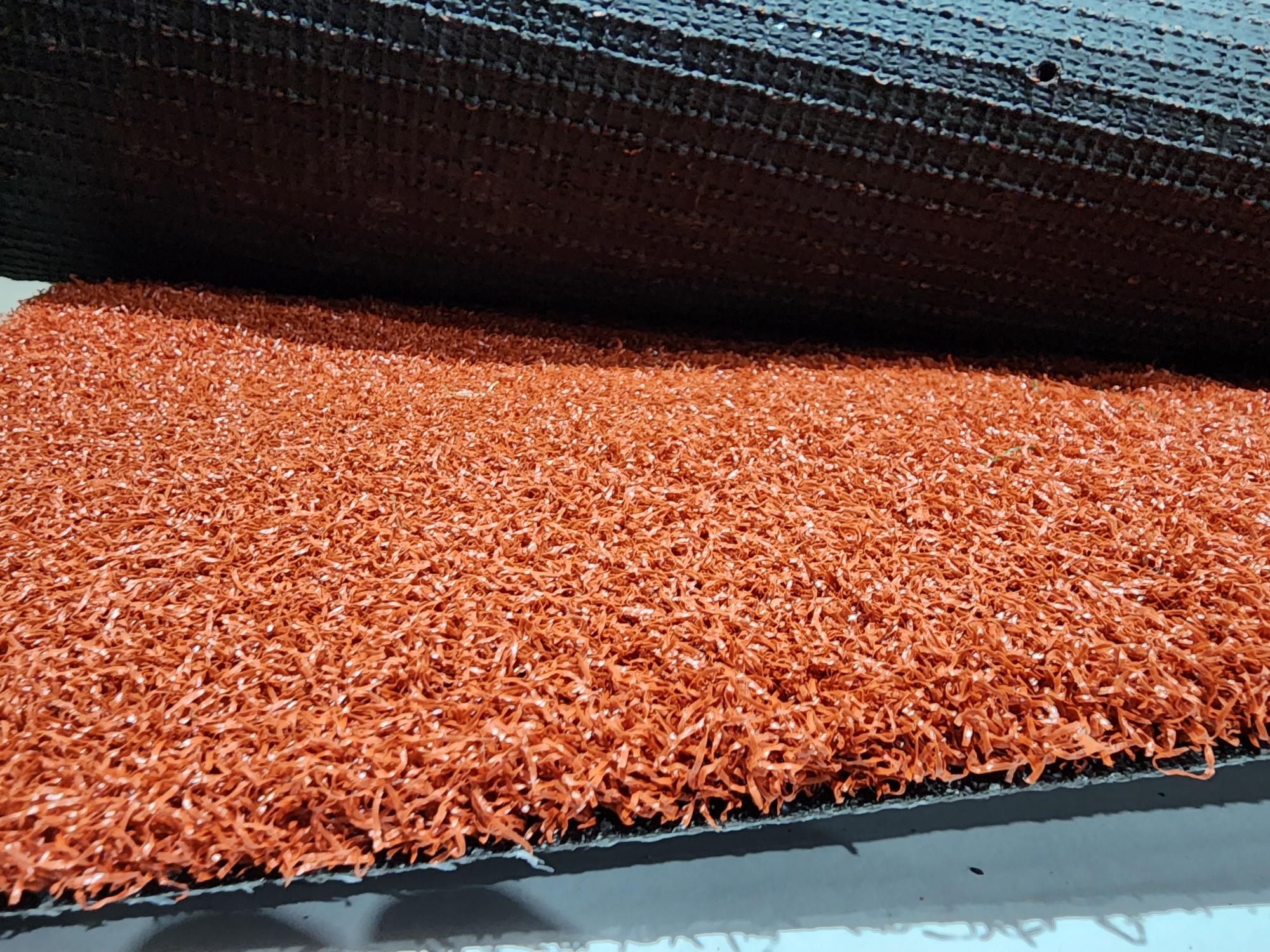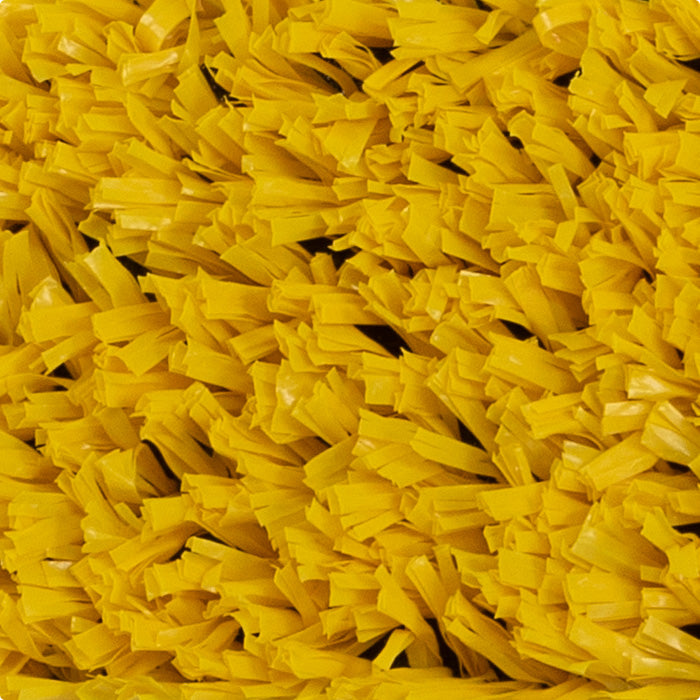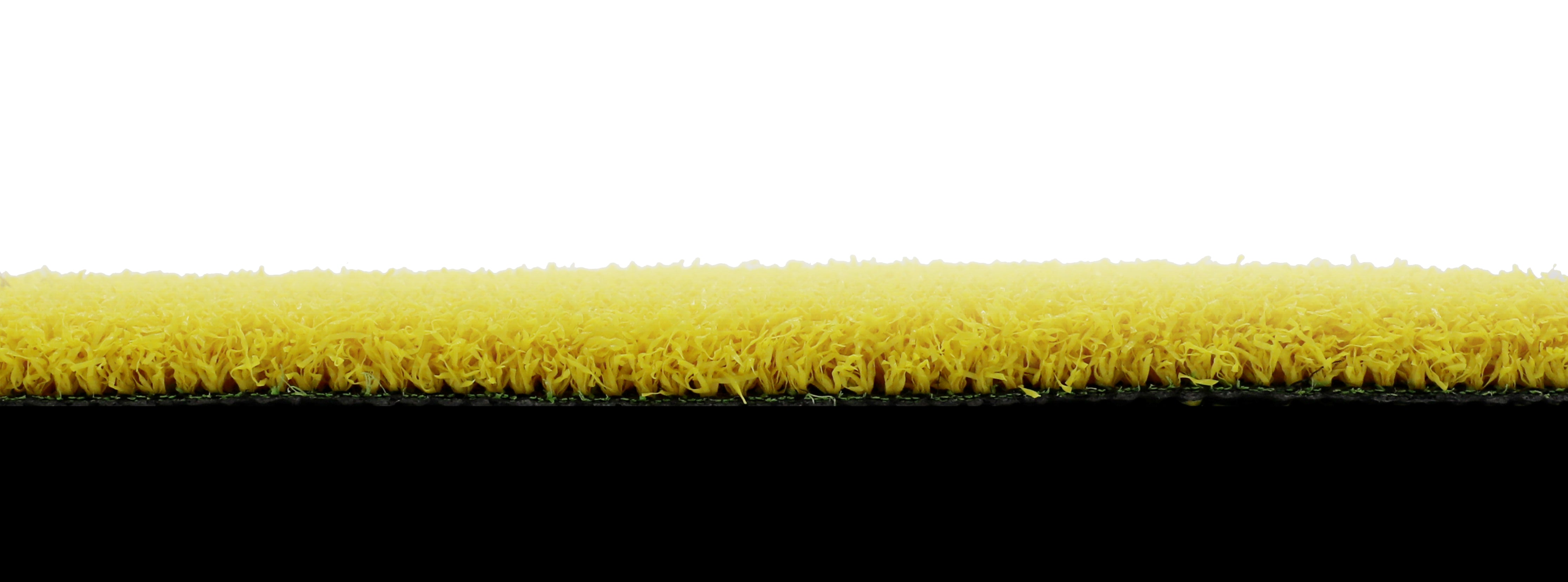Synthetic Hockey Turf Frequently Asked Questions
Natural field hockey grass can quickly dry out and die off in summer, providing a dry, dusty and difficult playing surface. Conversely, heavy rain can cause muddy puddles and create divots in the pitch that affect play. Using artificial grass for hockey pitches solves these issues by delivering a strong and versatile surface that handles variable environmental conditions and repetitive use with ease. It also offers a uniform playing surface and consistent, dynamic ball behaviour. Far more durable than natural grass, synthetic grass can withstand frequent hockey matches with very low maintenance requirements, and no expensive and time-consuming mowing or fertilising.
Artificial hockey turf surfaces are soft and enjoyable for athletes to play on. With shock pads installed underneath the turf layer, impact and injuries are minimised, creating a welcoming surface for players that enhances every match. Modern artificial turf hockey fields are widely used in Australia, offering fast gameplay thanks to consistent, dense artificial fibres that are designed to let the ball run with smooth precision.
Synthetic turf has revolutionised field hockey, transforming the game into a much faster experience with less margin for error. In the 1970s,World Hockeyfound that "artificial grass permits easier ball control and this in itself helps to reduce the number of infringements of the rules, which means fewer whistles and stoppages. The game thus becomes easier to follow, as well as being a faster spectacle and much more interesting from a spectator point of view." Whilst synthetic landscaping turf is manufactured to mimic real grass, artificial hockey grass features short, straight, consistent fibres that produce much greater ball speeds. This means that players must be skilled at hitting and trapping to keep pace with a faster game.
Watering the pitch during field hockey creates a safer surface as it gives players the ability to control their slides, as well as providing a cooler and less abrasive surface if falls occur. Wet hockey grass also delivers faster and more consistent ball behaviour, encouraging a more responsive and dynamic style of play. Compared with a dry pitch, hockey balls bounce better on a wet surface, and at a more appropriate height.




